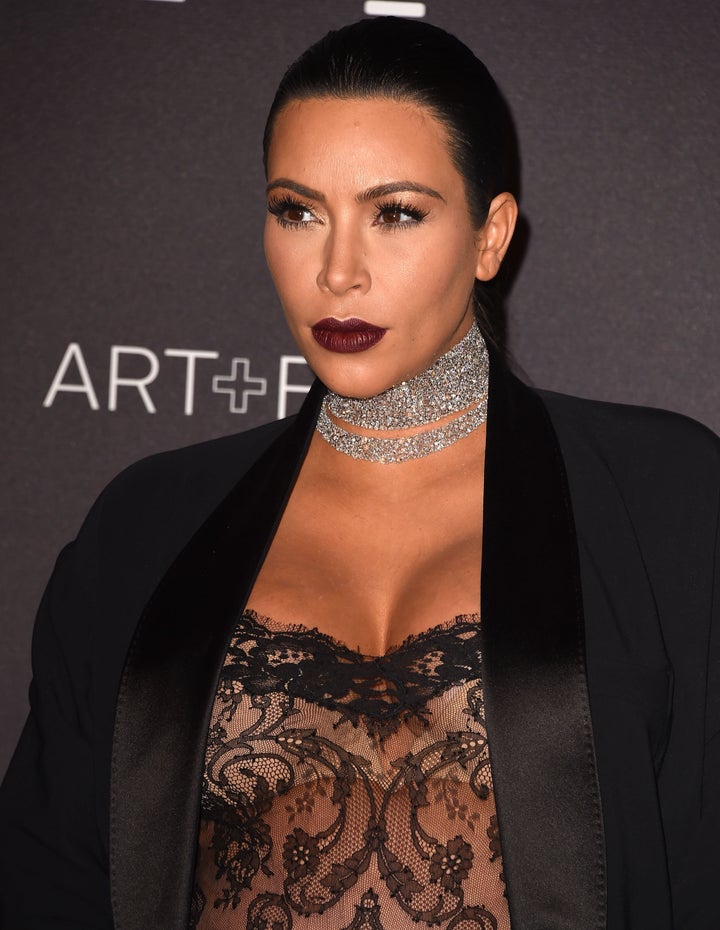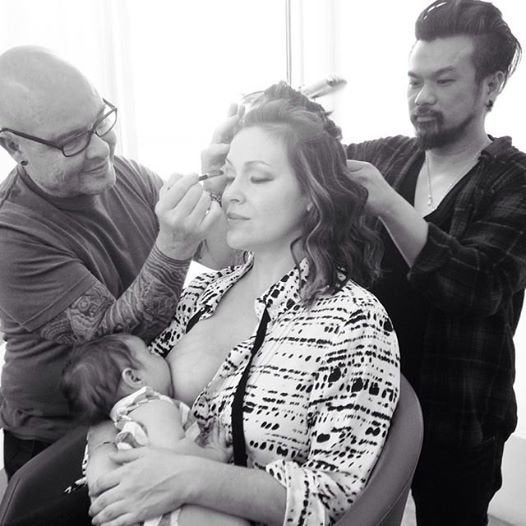
An interesting discussion cropped up on HuffPost Parents' Facebook page recently after we posted a piece on Kim Kardashian West's apparent love of nipple shields. Some comments called out possible disadvantages of the tool -- a thin, flexible silicon nipple women place over their own nipples while breastfeeding. Others relayed very personal stories of how nipple shields saved their breastfeeding experiences. (Full disclosure: I had very similar experience, and it didn't dawn on me that the nipple shields I used off and on for months might be divisive in any way until this week.)
So we decided to do a bit of digging into nipple shields. If you're wondering about using them, here are some basics you need to know:
There are a few different reasons why mamas use them.
The most common one? Nipple pain, Diana West, an international board certified lactation consultant in New Jersey, told The Huffington Post.
"The mom wants to keep breastfeeding, but it hurts too much and the nipples might even have bleeding wounds," she offered by way of example. "A nipple shield gives her a barrier to protect her tender skin."
In addition, some women use shields if their nipples are flat or inverted, West explained. Flat nipples have short shanks, or sides, and can make latching trickier for babies, depending on their mouth size and natural latching ability, West said. Same goes for inverted nipples, which retract into the breast. A shield provides a firmer, longer structure that can facilitate a good latch.
A few other reasons? Shields can help premature babies who are having difficulty latching, and can make it easier for some babies to transition between the breast and bottle, because they have a similar shape, taste and feel, West said.
There are some potential downsides.
Fear-mongering headlines like "Nipple Shield: Friend or Foe" can make nipple shields sound downright bad, and they're not -- but there can be drawbacks.
"If [they're] not applied to the breast deeply enough, which is usually done by turning it half-inside out, so suction draws the nipple inside deeply, then the baby may not get as much milk out of the breasts," West said. That not only decreases the amount of milk the baby gets, but also leaves milk behind in the breasts. That can take a toll on supply and up the potential for breast infection, she explained.
Another risk? "The baby may become so used to using a nipple shield that he or she refuses to nurse without it," West said. "That's not necessarily a problem if the mom doesn't mind always having one handy ... but it's pretty inconvenient, and gets old fast."
But the primary benefit is a biggie.
"It makes it possible for a baby to breastfeed who otherwise wouldn't," West said. And for mothers who want to nurse their babies, that is huge.
There isn't an expiration date on how long anyone "should" use them.
While nipple shields might have their most significant utility early on, helping newly postpartum women push through serious nipple pain, or helping new babies establish a good latch, there isn't any reason why a mother has to wean her baby from the shield as long as he or she is gaining weight and thoroughly draining the breast.
"It's only a matter of the mother's willingness to use it," West said. Of course, a lot of women do want to wean their babies from the shields, which in some cases can be pretty simple, and in others can be a prolonged process. A lactation consultant, West said, can help.
When possible, nipple shields are best used with professional guidance.
A certified lactation consultant can help you figure out if you really need a nipple shield, or if there's some other issue going on. Nipple shields are sometimes recommended by hospital staff without really understanding how they should be used, West said, so they can end up masking a more serious underlying problem. In many cases nipple pain can be resolved by having a professional help fix a latch, and then giving the nipples time to heal. (West does admit that even after technique has improved, any existing wounds are going to hurt until the tissue heals.) A lactation consultant can also look for issues like a tongue-tie or tight neck muscles, West said.
And if you do end up using shields, a consultant can help you find the right size, can show you how to use it properly and help you determine if your baby is fully emptying the breast.
Also on HuffPost:
